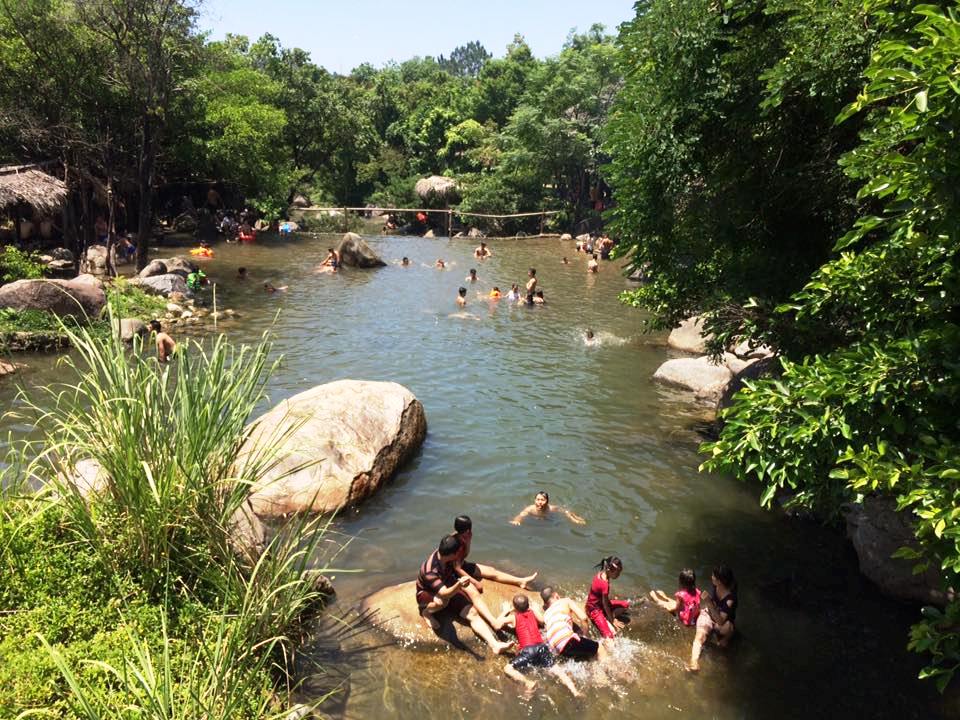[ad_1]
VietNamNet Bridge – With the increase in population, rapid urbanization and opening of more factories, Da Nang City is facing a high risk of water, soil and air pollution.

Da Nang City
The reports on air and noise monitoring all show that air in Da Nang meets Vietnamese standards (QCVN) and there has been no big change in air quality for many years.
Improvement in air quality was found in 2008-2014 compared with previous years, though the noise and dust indexes were higher than permitted levels.
Some locations were found having suspended dust concentration exceeding the permitted level, especially in the western parts of the Lien Chieu and Tay Hoa Khanh Industrial Zones, and Tran Binh Trong crossroads.
This is due to the construction of infrastructure, expanded investments in IZs and rapid urbanization.
The high density of traffic and trade activities and services in the central area of the city have also contributed to the problem.
|
Da Nang authorities have recently rejected a number of projects which could cause pollution, and have taken serious measures to force enterprises to observe solutions to protect the environment. |
Da Nang authorities have recently rejected a number of projects which could cause pollution, and have taken serious measures to force enterprises to observe solutions to protect the environment.
After discovering that Thai Binh Duong Steel Mill and DaNa Steel JSC in Thanh Vinh Industrial Zone caused air pollution with industrial emissions, the city ordered companies to halt operations to gather strength on fixing the problems.
Only after the companies proved that they had taken necessary measures (treating waste, cleaning factories and maintaining machines) to fix the problems as requested could the companies resume operation.
The emitted smoke from steel mills meets Vietnamese standard QCVN 19:2008/ BTNMT. The municipal authorities have allocated more land to the two companies, 57,688 square meters, for green plants to isolate the production area.
To control air pollution caused by high traffic density, city authorities have encouraged locals to use public transport, including buses. The local transport department is planning to put 30 environmentally-friendly tramcars into use to serve tourists.
The city has also deployed eight models of solar and waterfall energy and a model to control energy at 11 enterprises.
RELATED NEWS
Da Nang’s boat shelter, fishing port substandard, despite funding to improve area
Illegal waste pollutes Da Nang’s My Khe Beach
Kim Chi
[ad_2]
Source link
